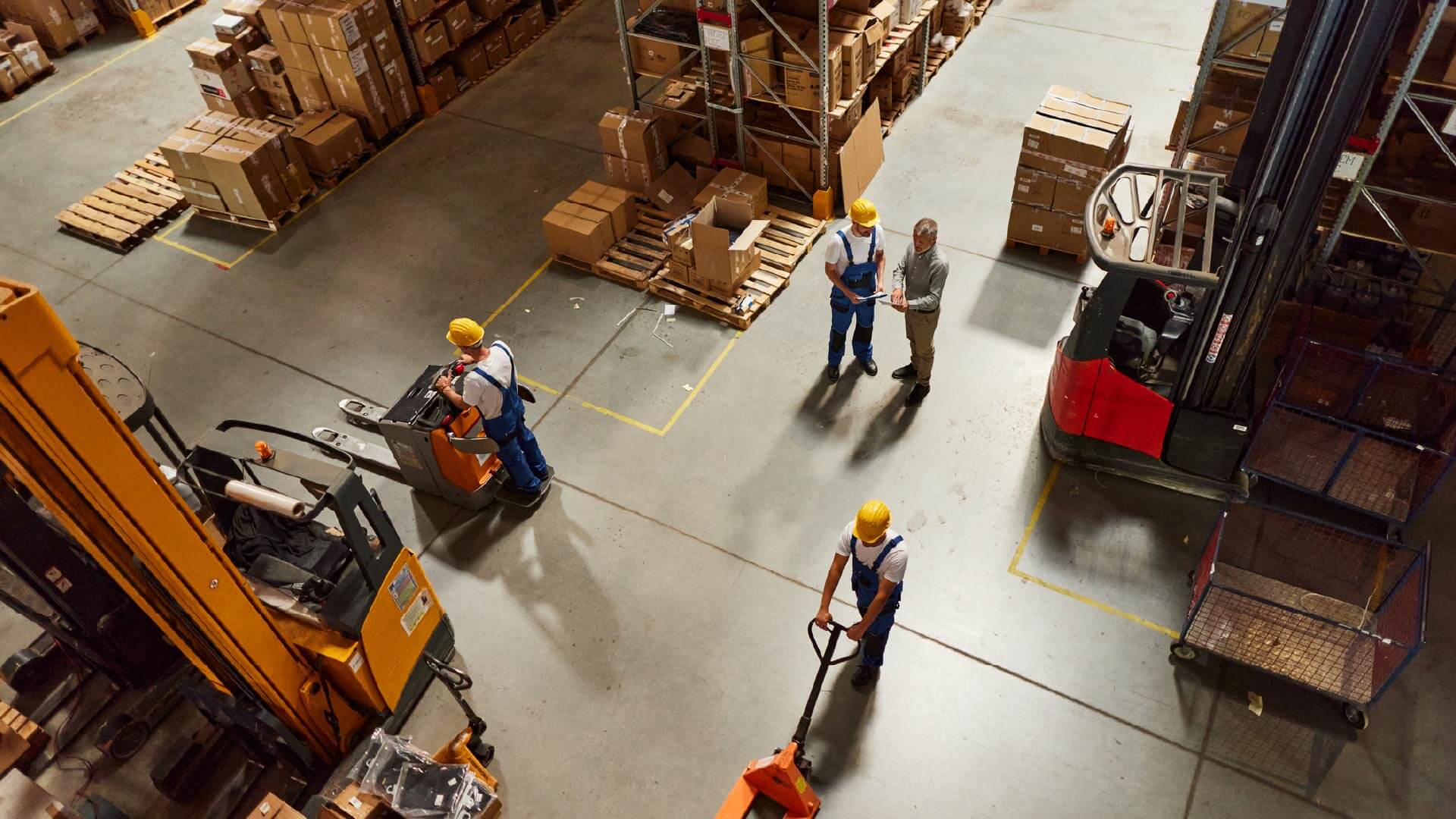Does It Fit? Choosing The Right Injury Prevention Technology For Your Business
Injury prevention has become a popular application of EHS technology, as it helps to establish a proactive risk management strategy – a common goal for EHS budgets over the next year. In fact, 44% of respondents to our latest corporate survey rate this as the most or second most influential factor in influencing their firm’s EHS budget. However, safety technology for injury prevention is not a one-size-fits-all model. Instead, it requires careful research to find the right tools to achieve an organization’s desired results.
Unfortunately, most firms fail to fully understand what safety technology looks like and how to implement it. Without sufficient planning, adding new technology can create another level of complexity, which will require further training and engagement of key stakeholders to address issues that arise. If this is not implemented, then new technologies may be used incorrectly and hinder, rather than improve, an organization’s operations.
However, it is not all doom and gloom. If firms establish a clear strategy, then injury prevention technology can be one of the best proactive initiatives available. It can improve several aspects of a business, including behavioural change, productivity and operational efficiency. Examples of injury prevention solutions range from passive exoskeletons, which provide workers with increased support for a motion or posture, to video analytics that leverage AI technology to identify and quantify real-time ergonomic risks. When used together, EHS technologies help safety professionals gather big-picture data over a longer period, facilitating more informed decisions that improve risk management strategies.
Video technology is often leveraged in warehouses, where back and shoulder injuries are common. In FY 2021/22, jobs in this sector (process, plant and machine operatives) had the second highest rate of work-related musculoskeletal disorders at 1,710 per 100,000 workers. Utilizing video technologies, EHS professionals can gather large amounts of data and use this to establish a timeline predicting how long it will take before an injury occurs, prompting proactive intervention strategies to mitigate this. Take a large US supermarket, who used AI-based video technology to reduce the number of hazardous movements, leading to a 5% increase in pick rates from 158 to 166 cases per hour. Specifically, tenured employees reduced the number of hazardous movements made by 39% over just a three-month period. These results indicated a negative correlation of -0.81 between the number of hazardous movements made and pick rates, establishing a safer working environment.
In conclusion, when choosing technology for injury prevention, it is important to gather information on deployment, limitations, capability and data quality. This knowledge base will ensure that the technology selected will meet your safety needs and fulfil organizational goals.
To learn more about the EHS technology landscape, read our latest research here.
About The Author

Zain Idris
Industry Analyst





